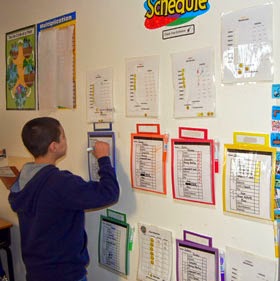Programs for Older Children and Teens on the Autism Spectrum

Frequently, the focus of specialized programs for children with Asperger's and High Functioning Autism (HFA) is on early childhood. Unfortunately, published research evaluating educational programs for older kids and teens on the autism spectrum is lacking. However, there is empirical support for the use of certain educational strategies for this older group of children, particularly those that are based on Applied Behavior Analysis (ABA). Such strategies should be employed across all age groups to generalize behaviors to new environments or situations, to increase and maintain desirable adaptive behaviors, to reduce interfering maladaptive behaviors (or narrow the conditions under which they occur), and to teach new skills. Middle School— When kids with Asperger’s and HFA move beyond preschool and early elementary programs, educational intervention should continue to involve adaptation of teaching strategies as necessary to enable these “special needs” children to acquire

